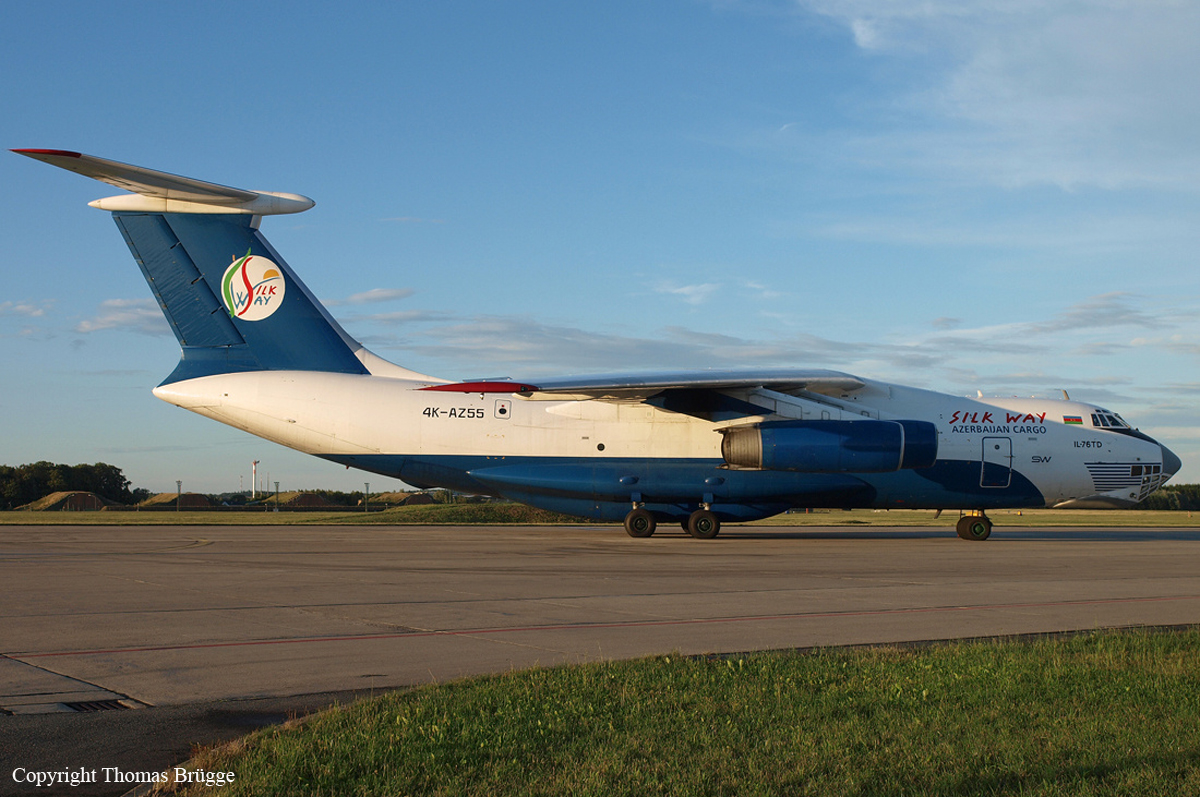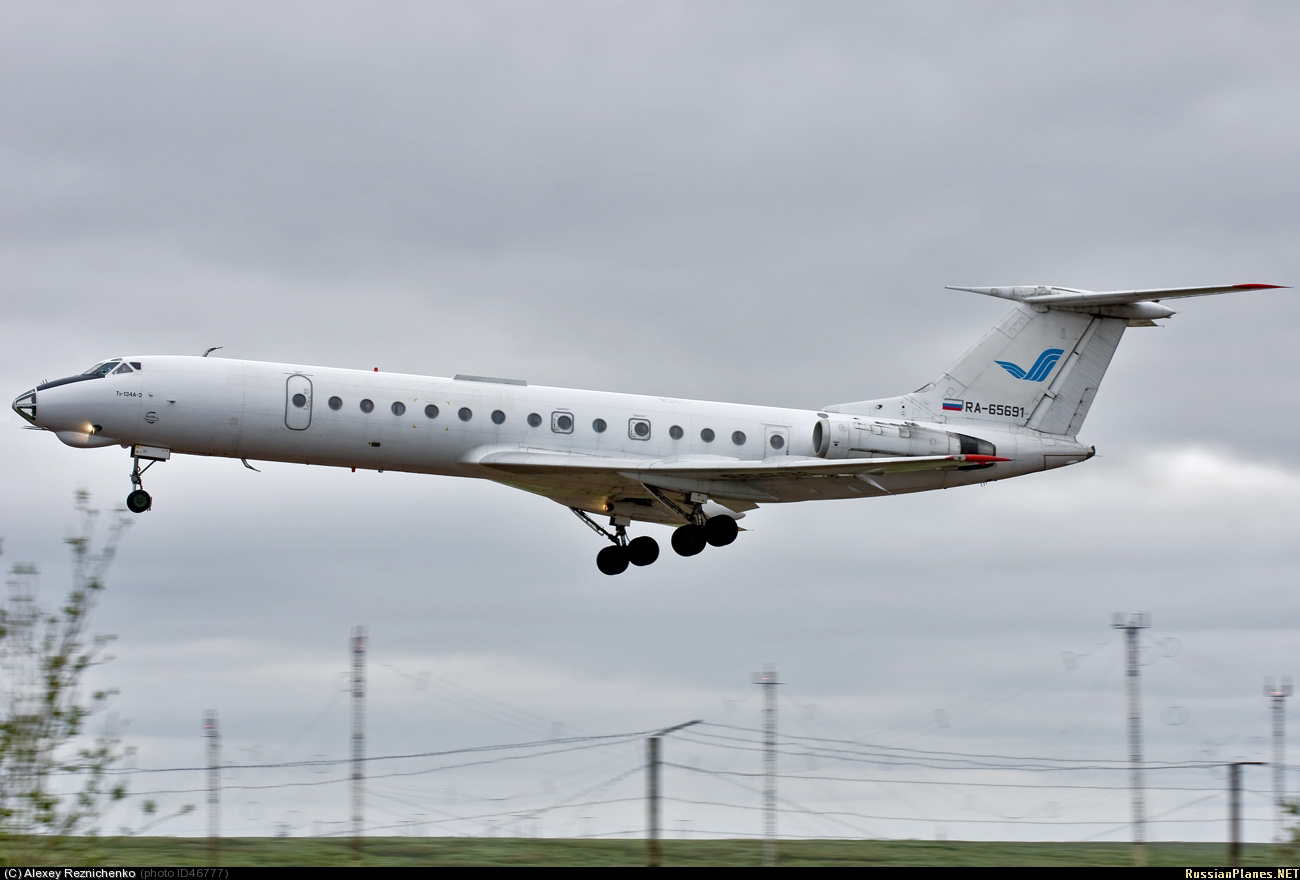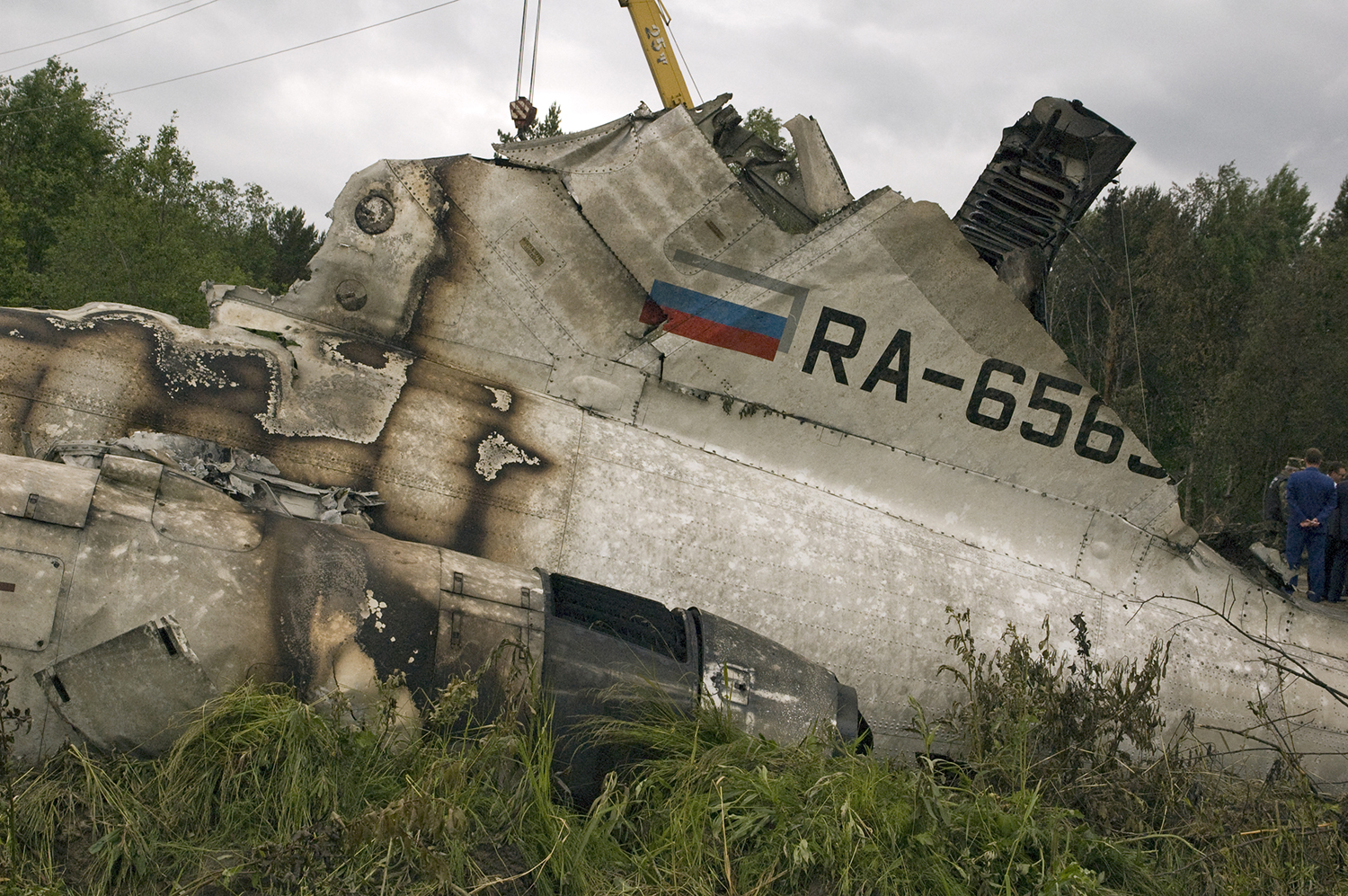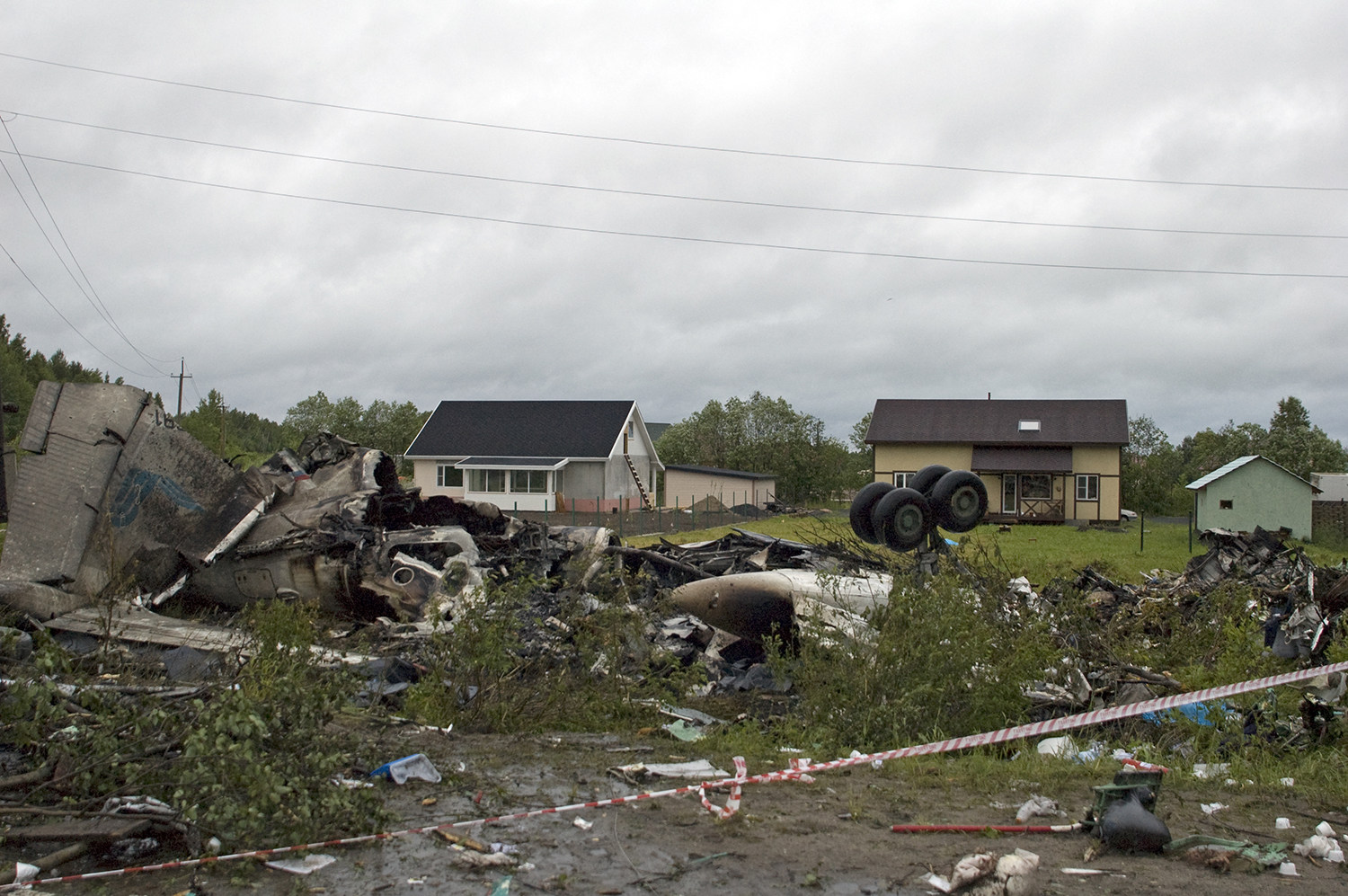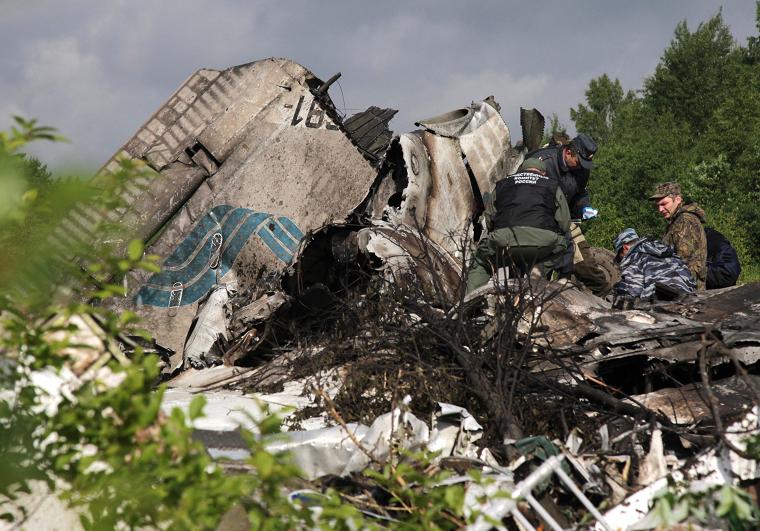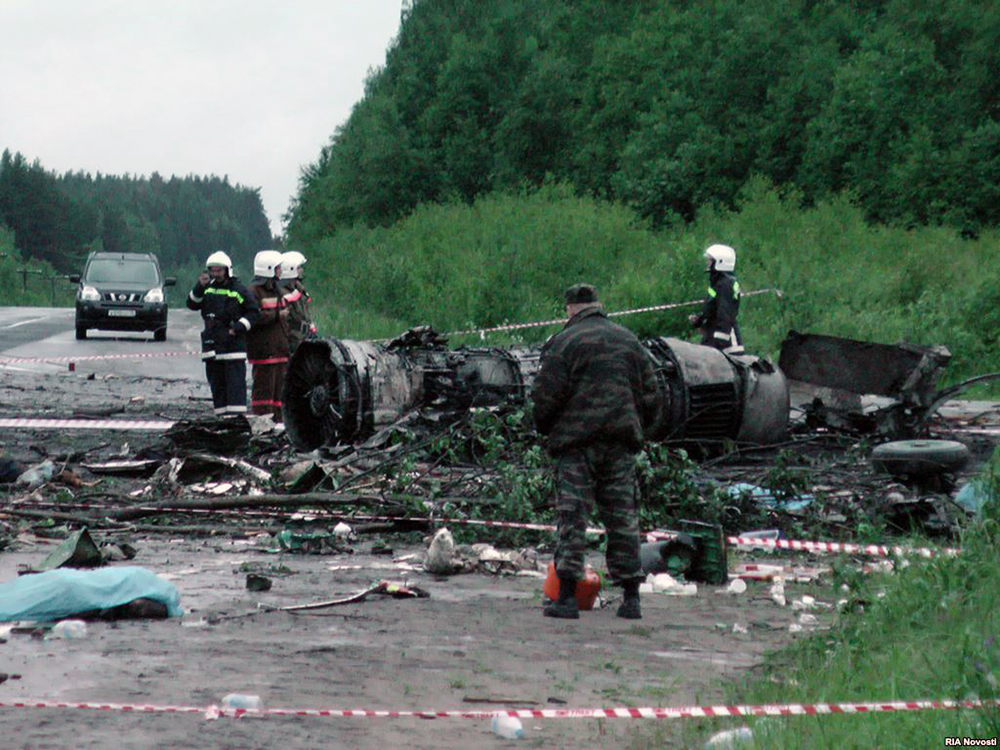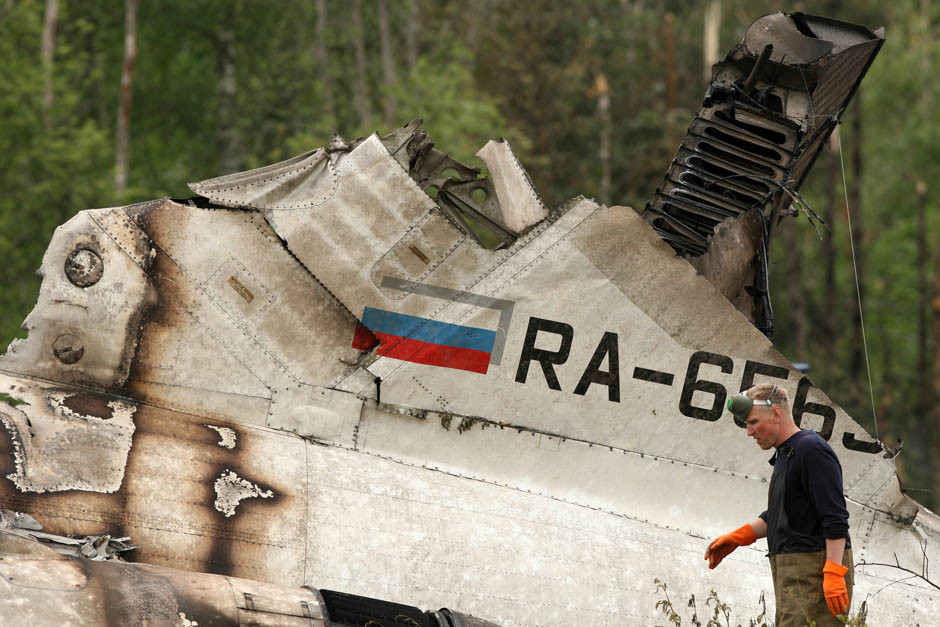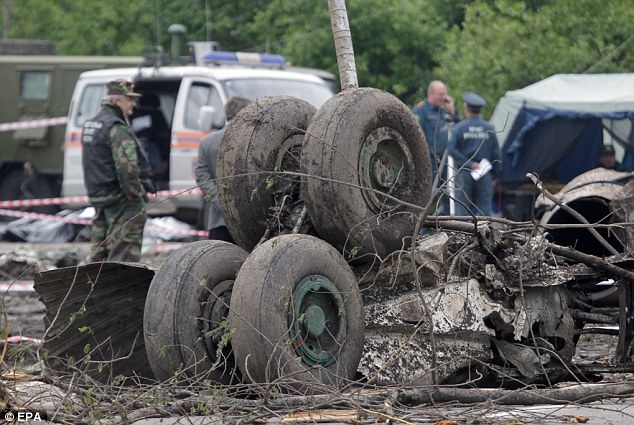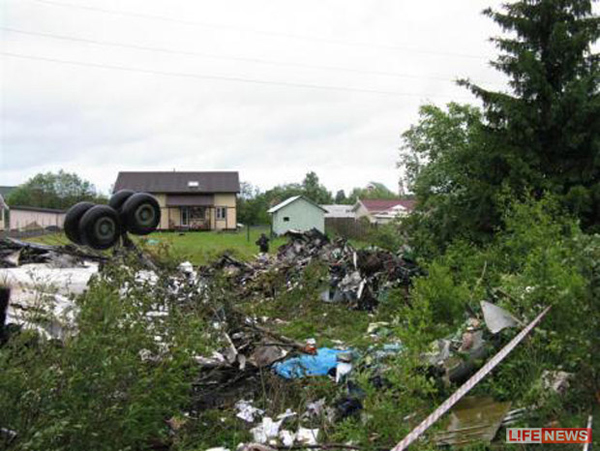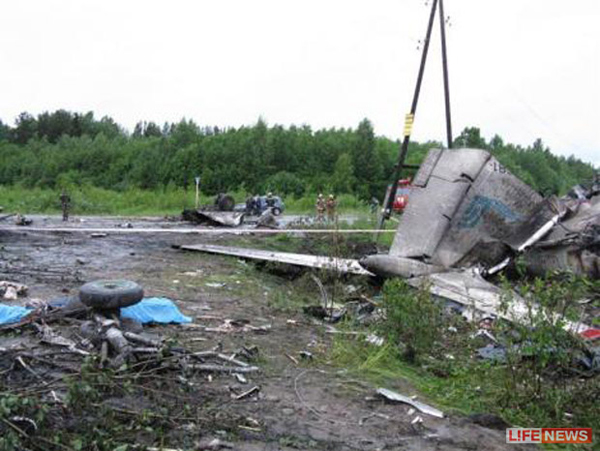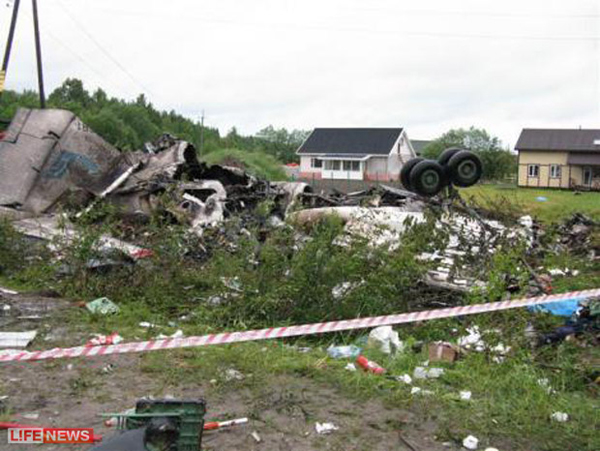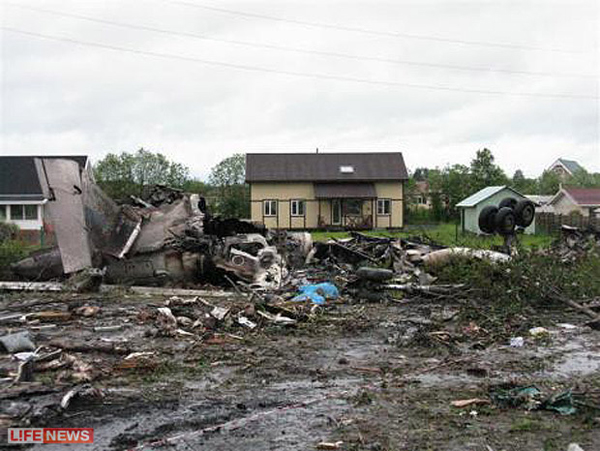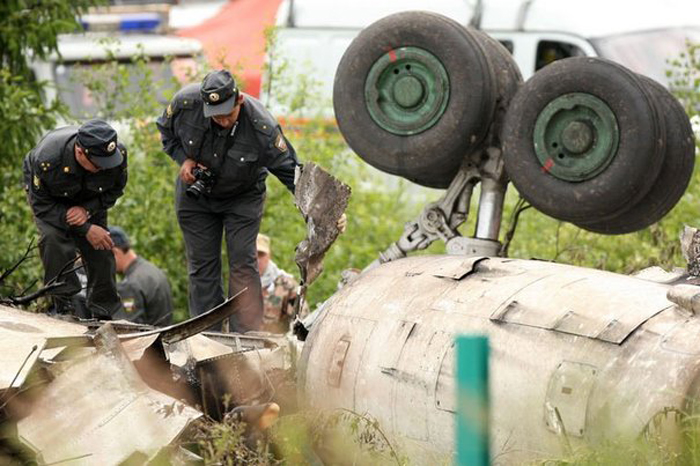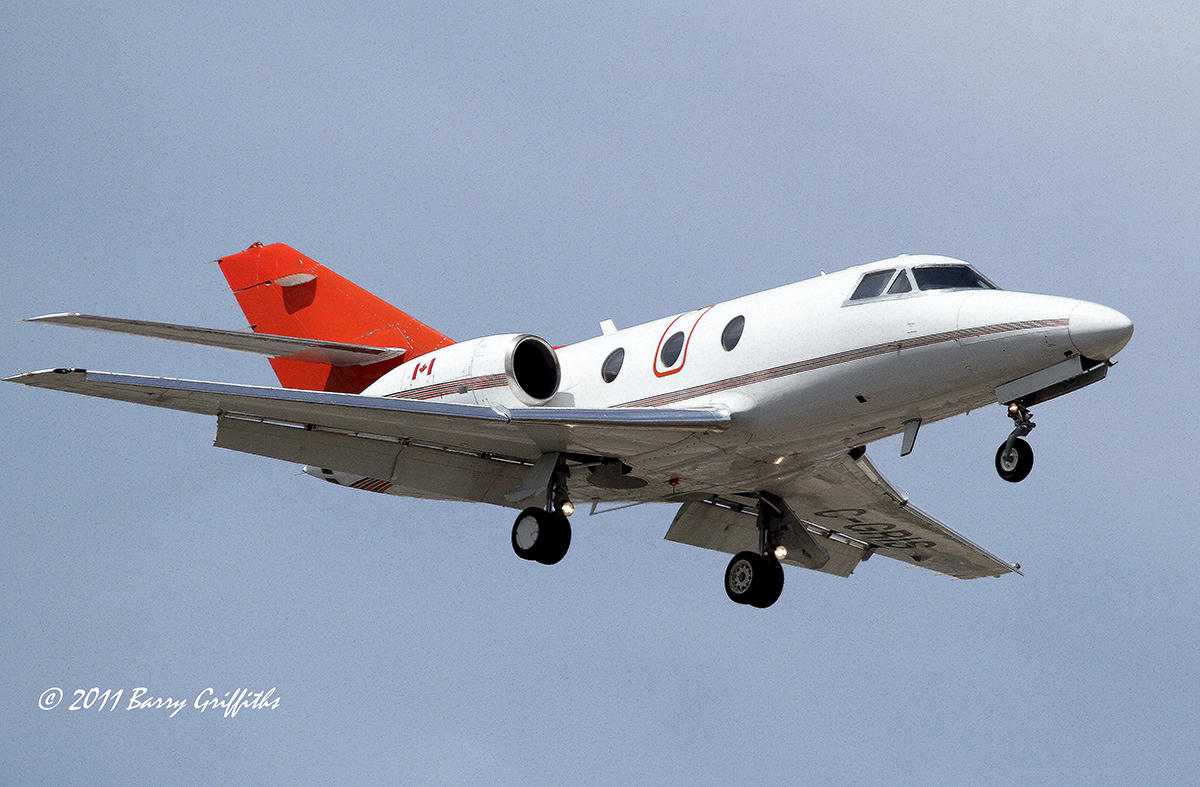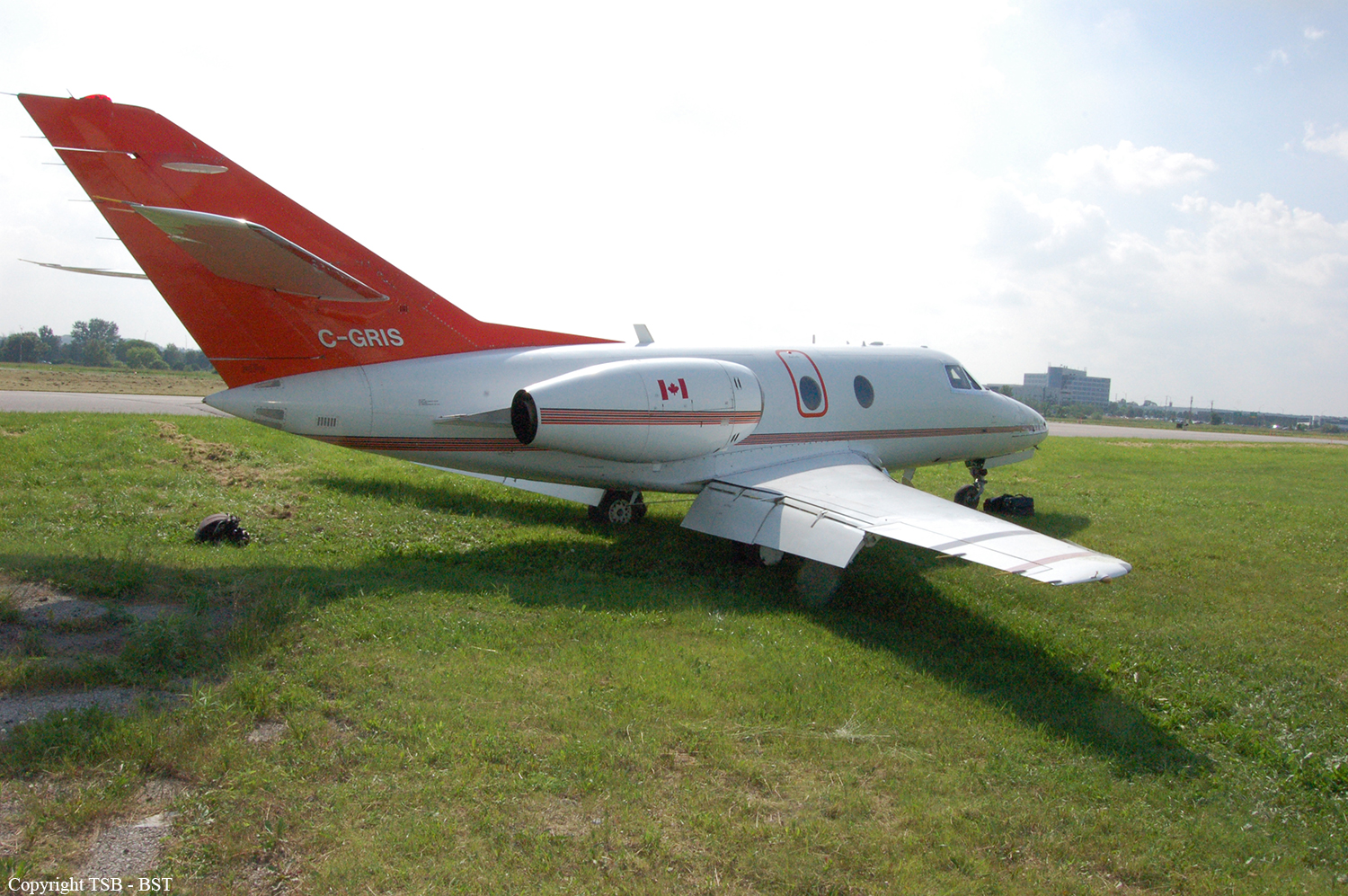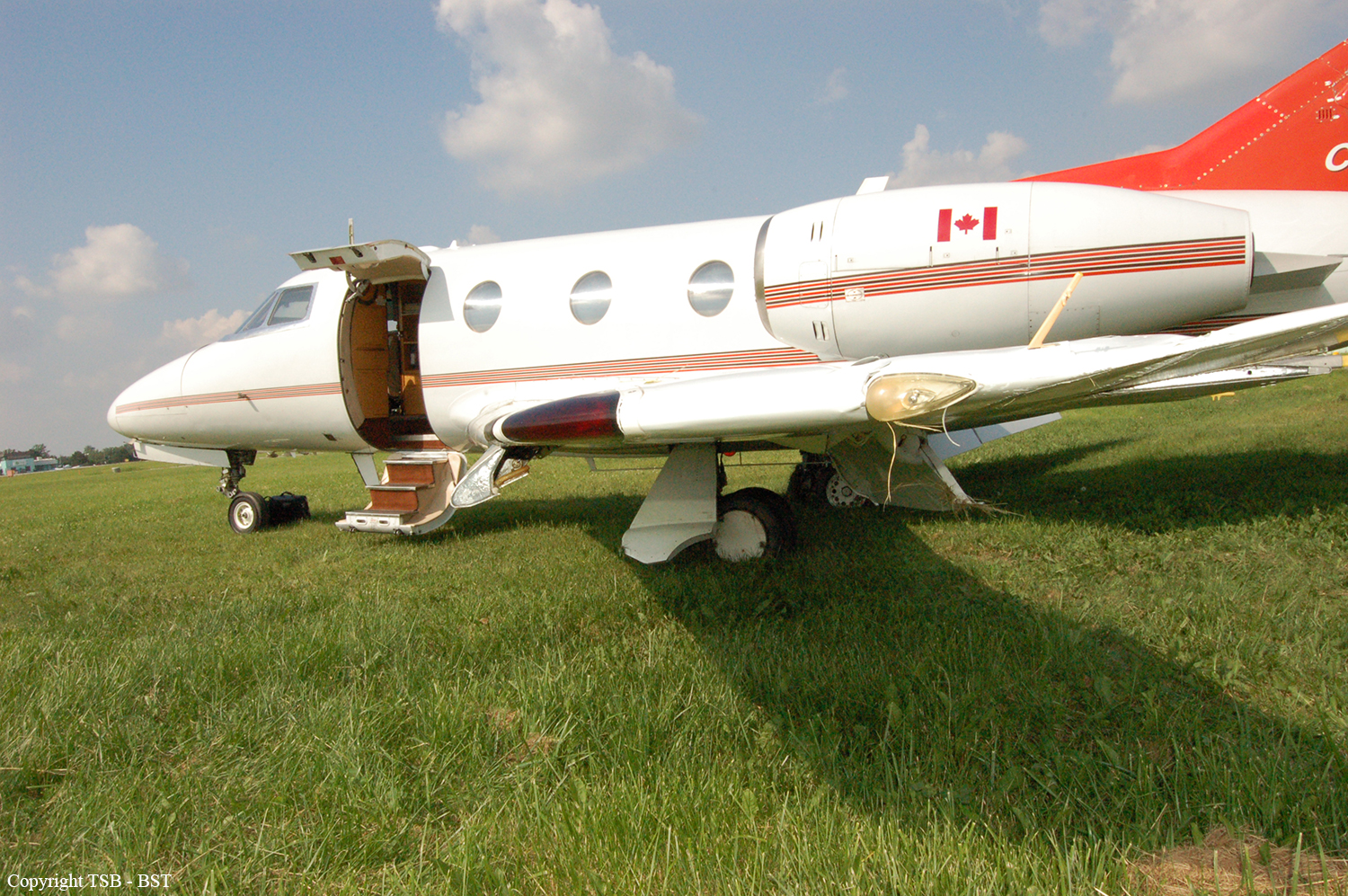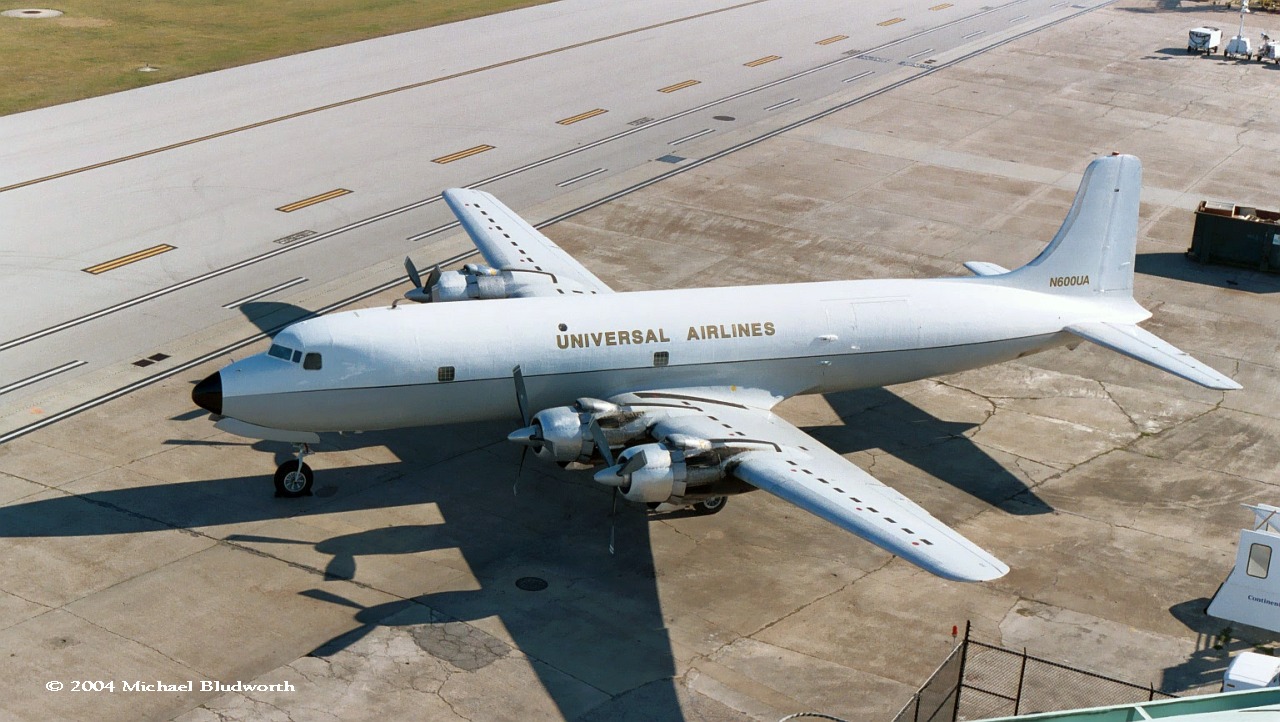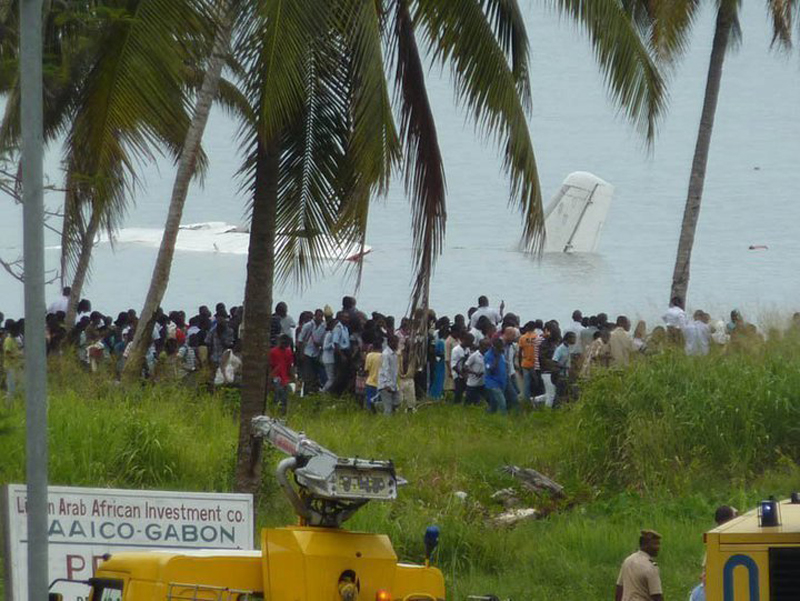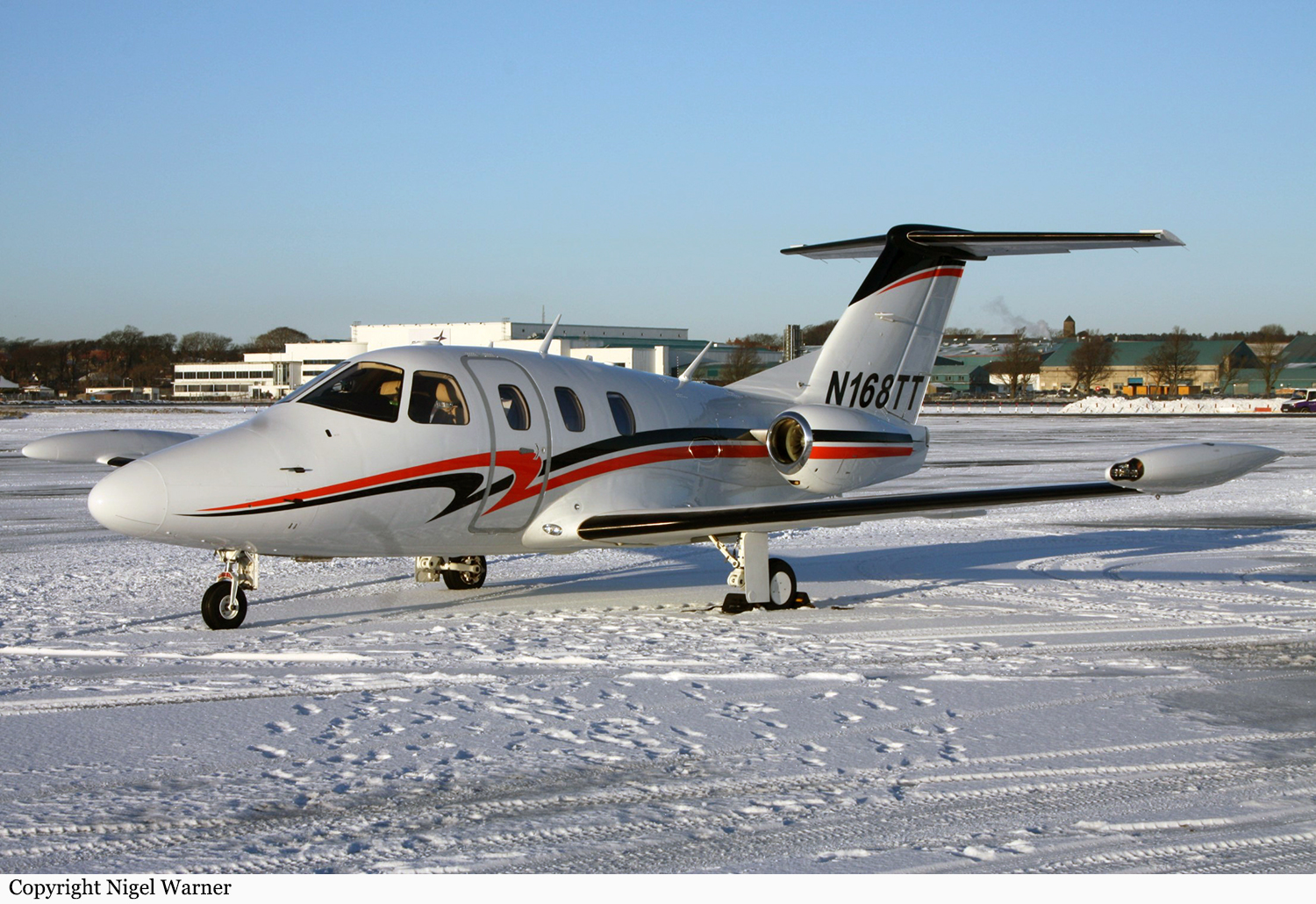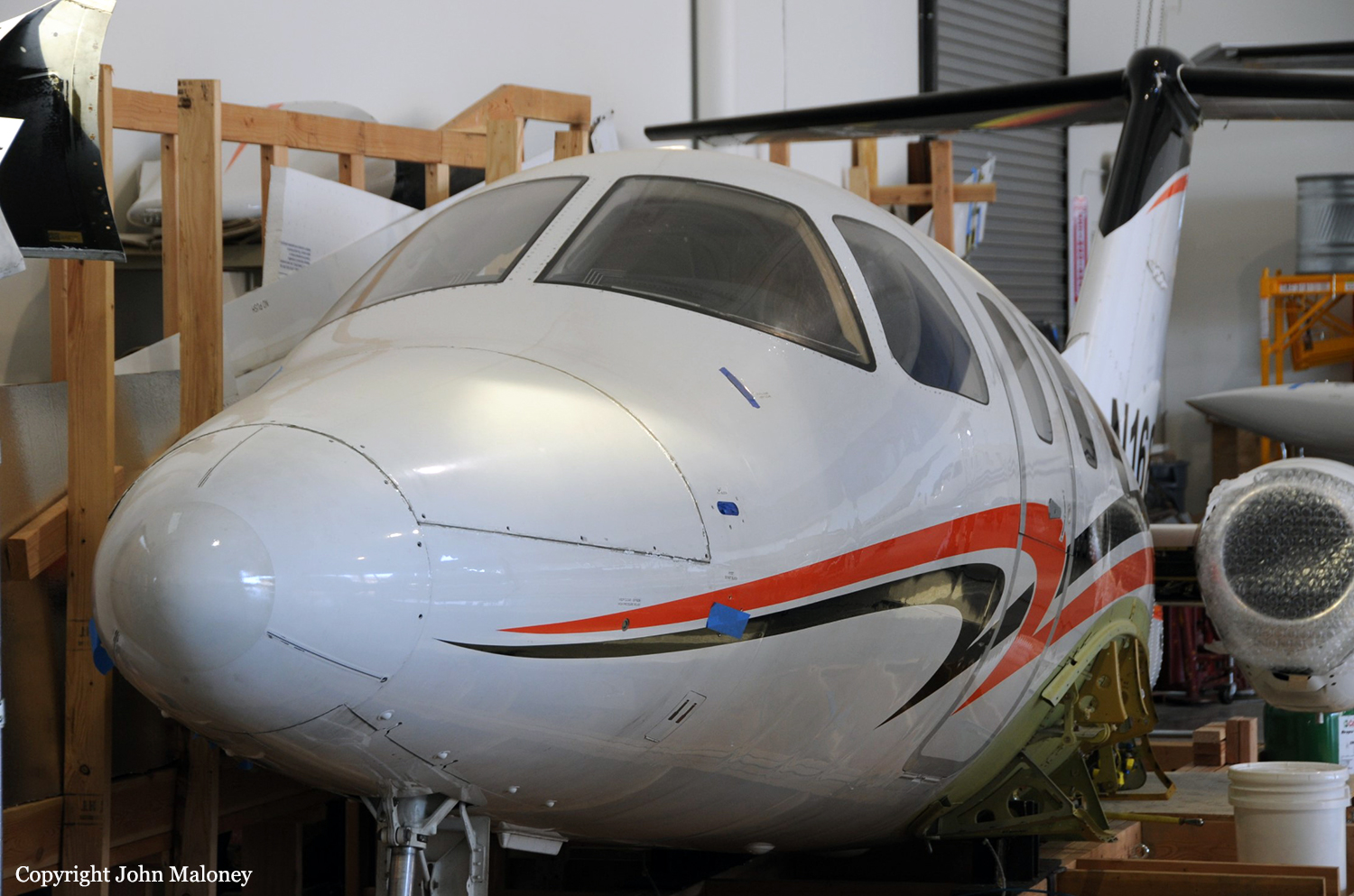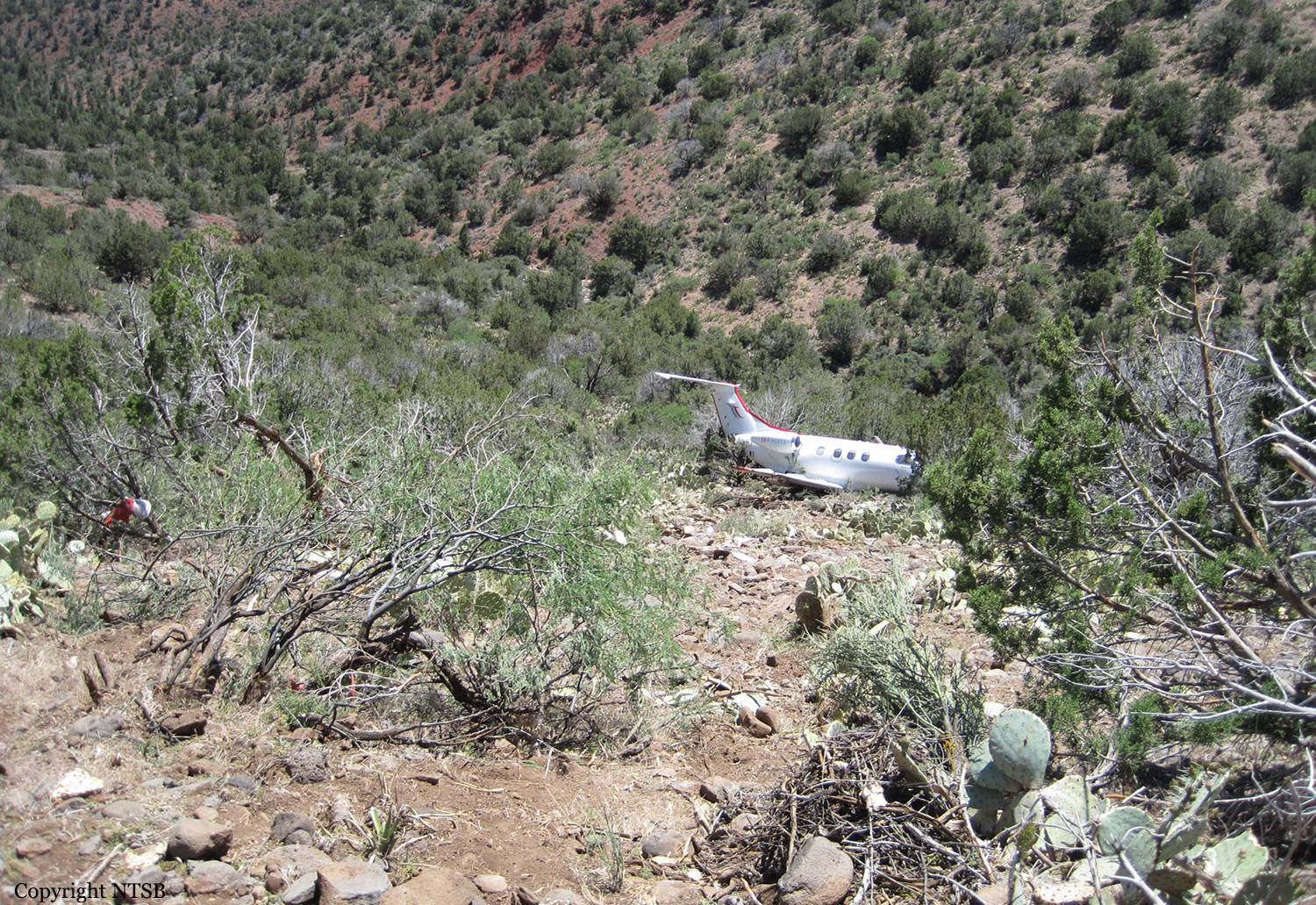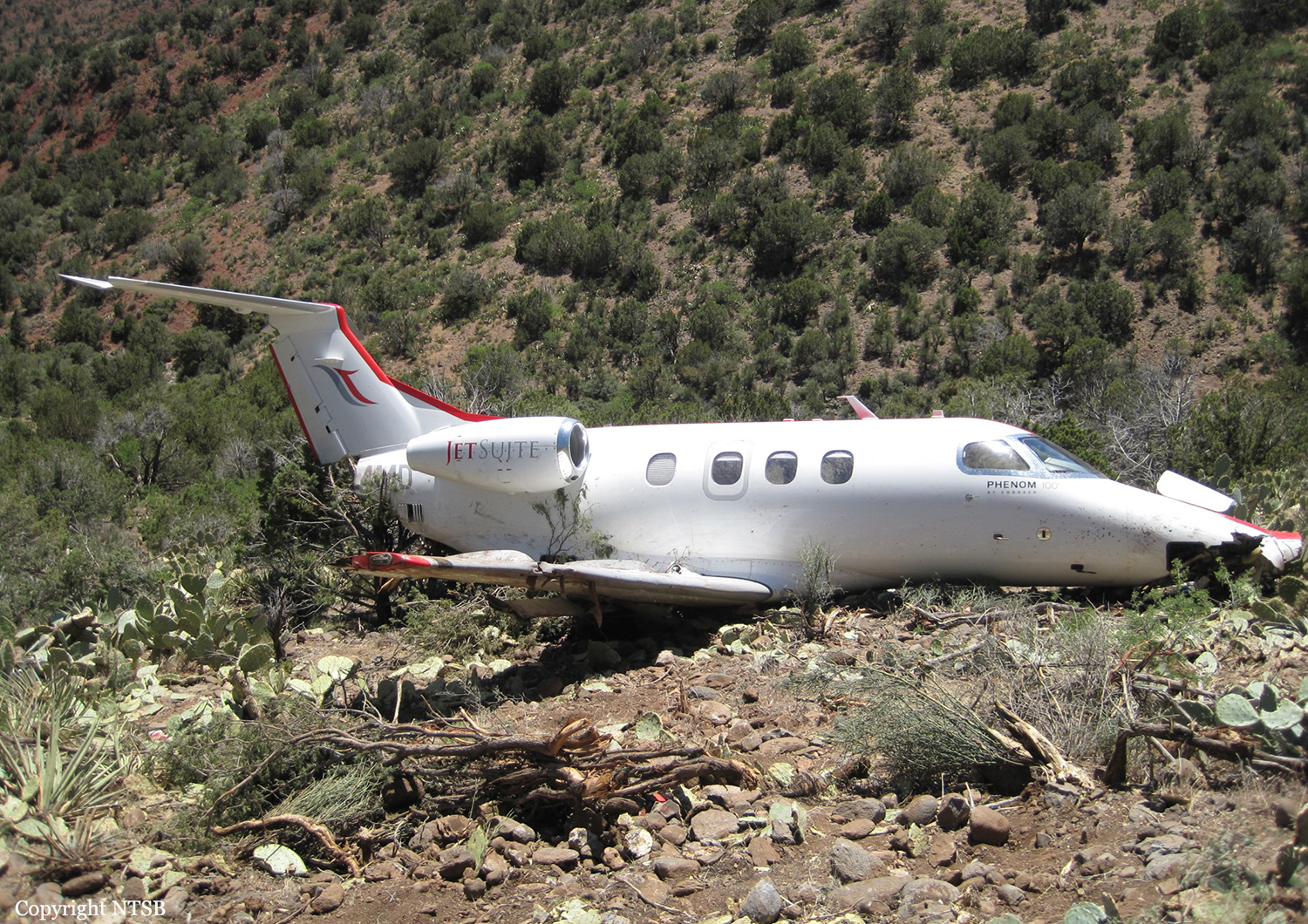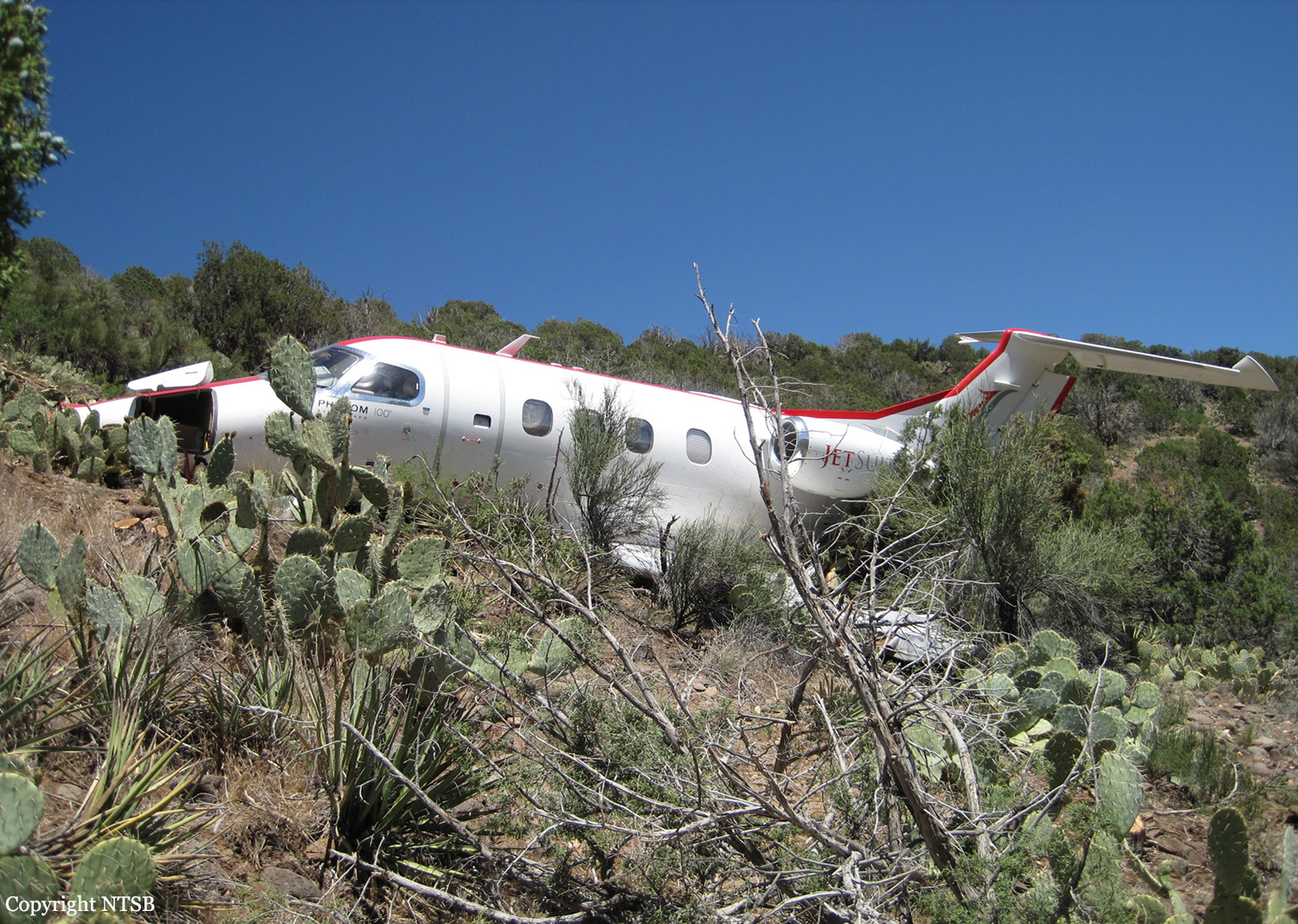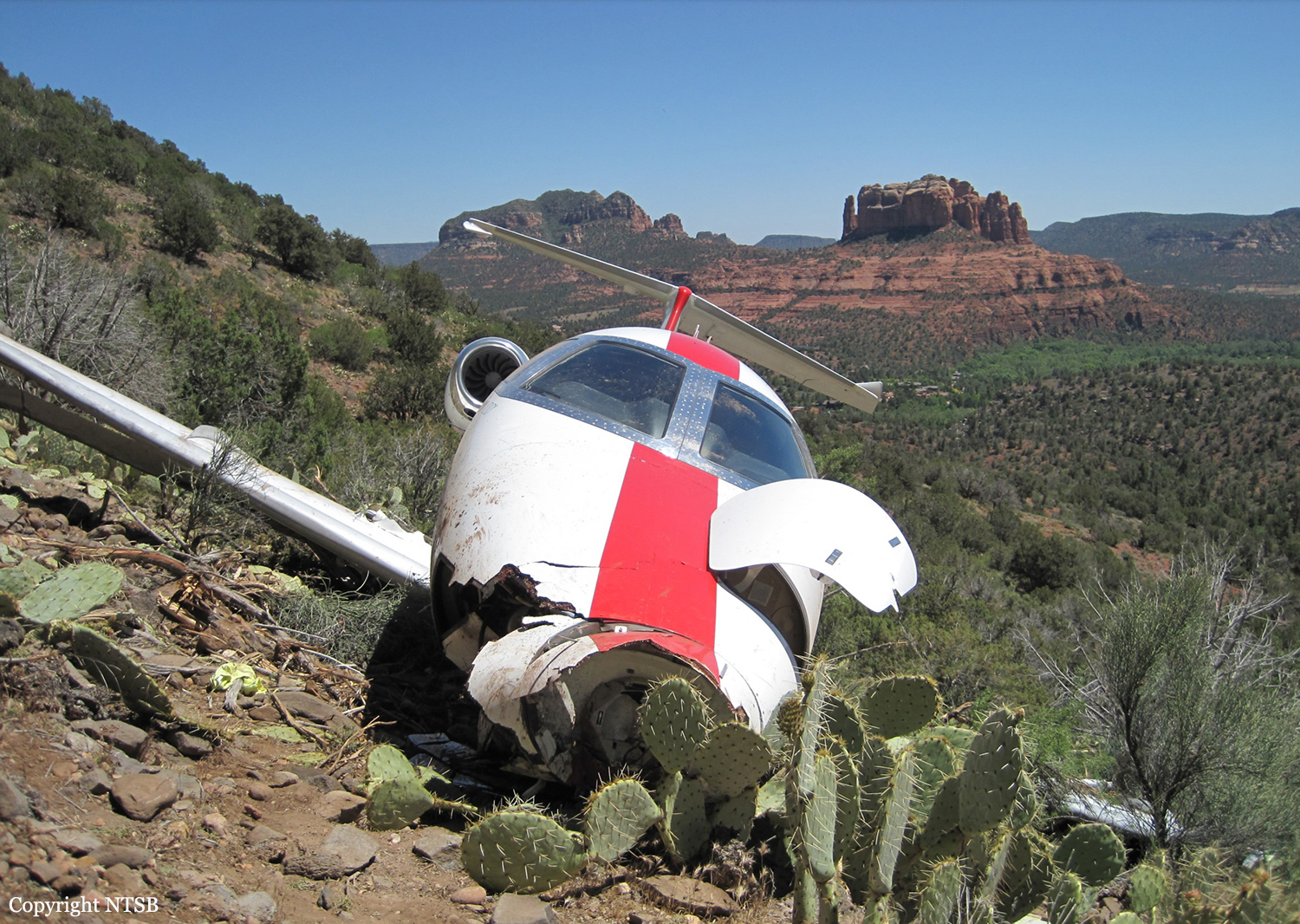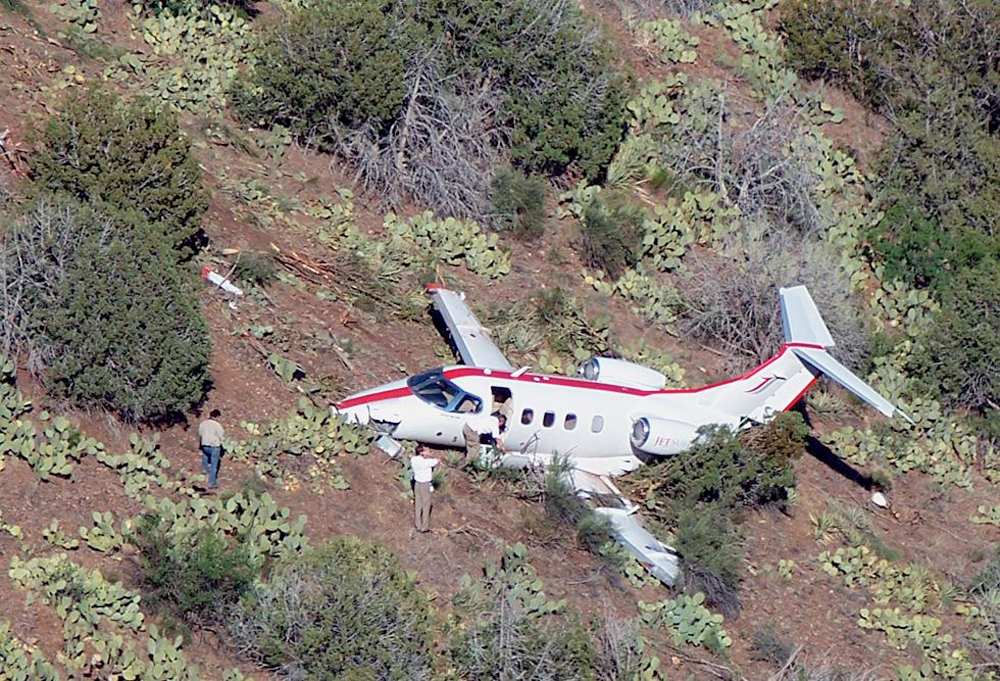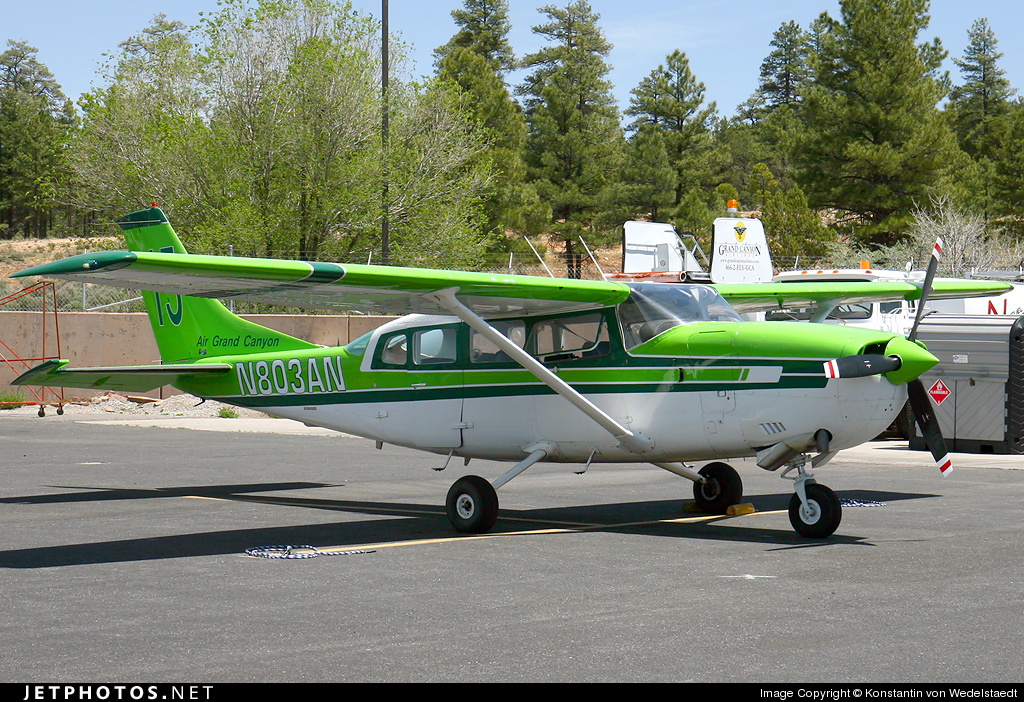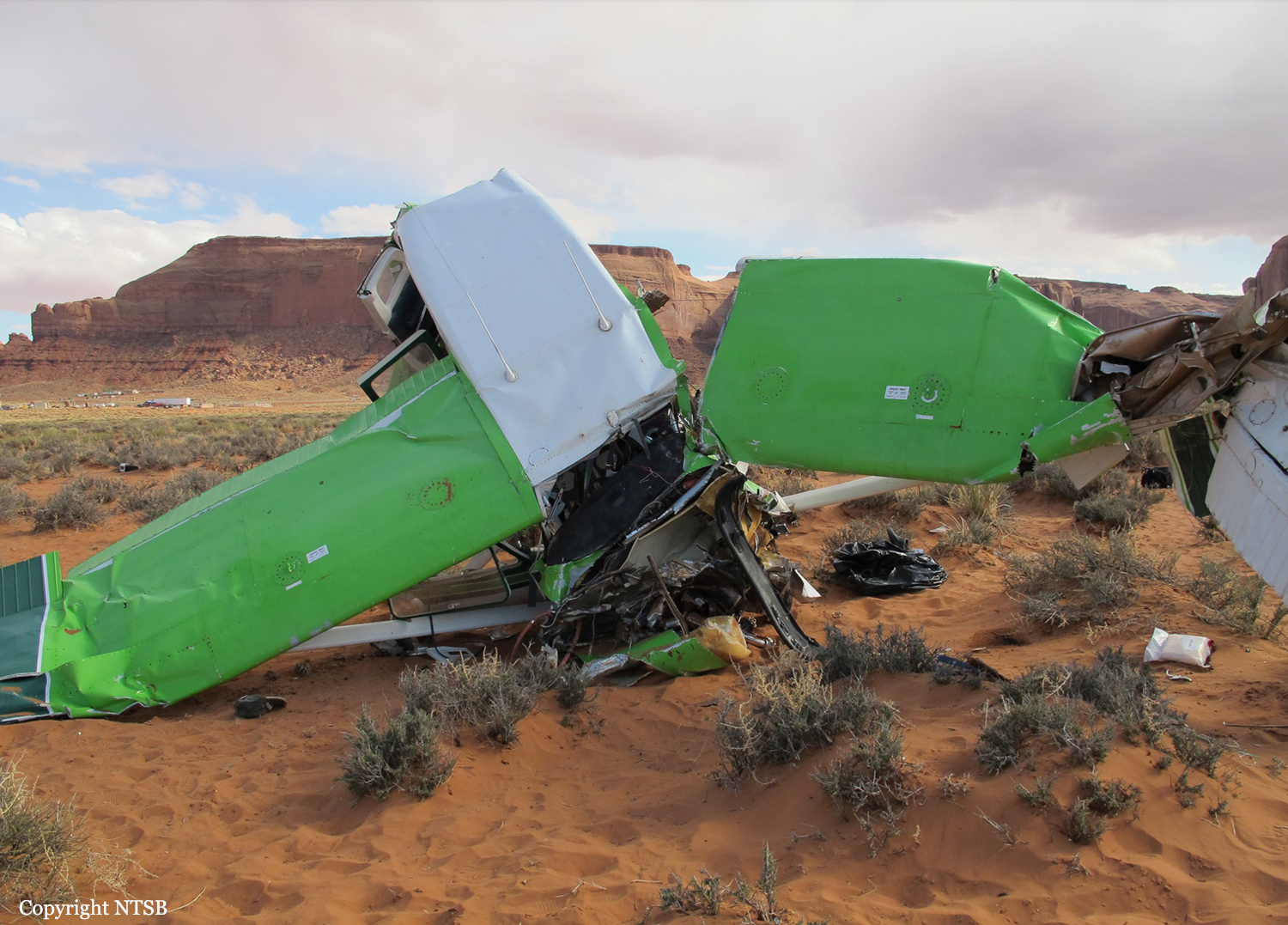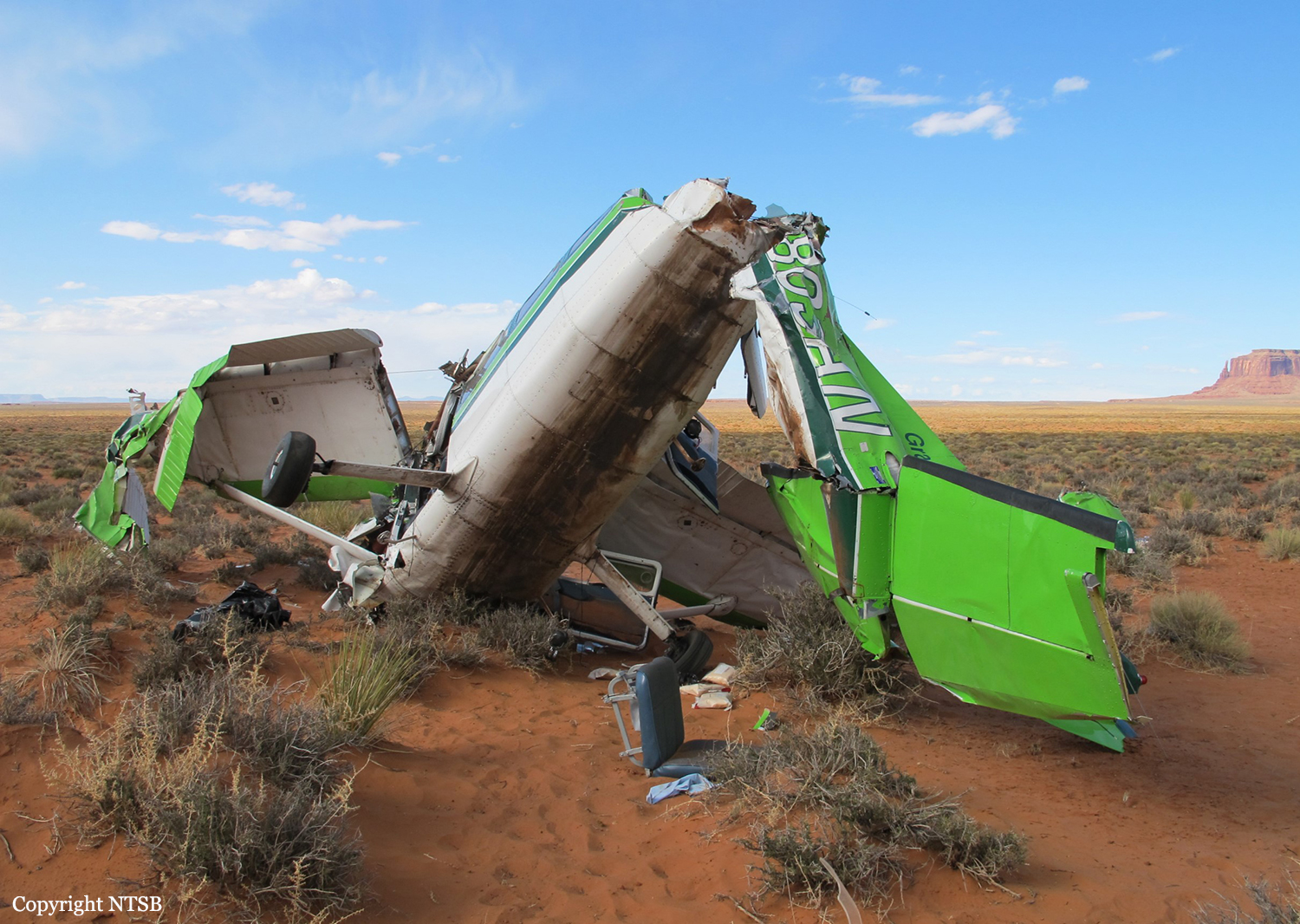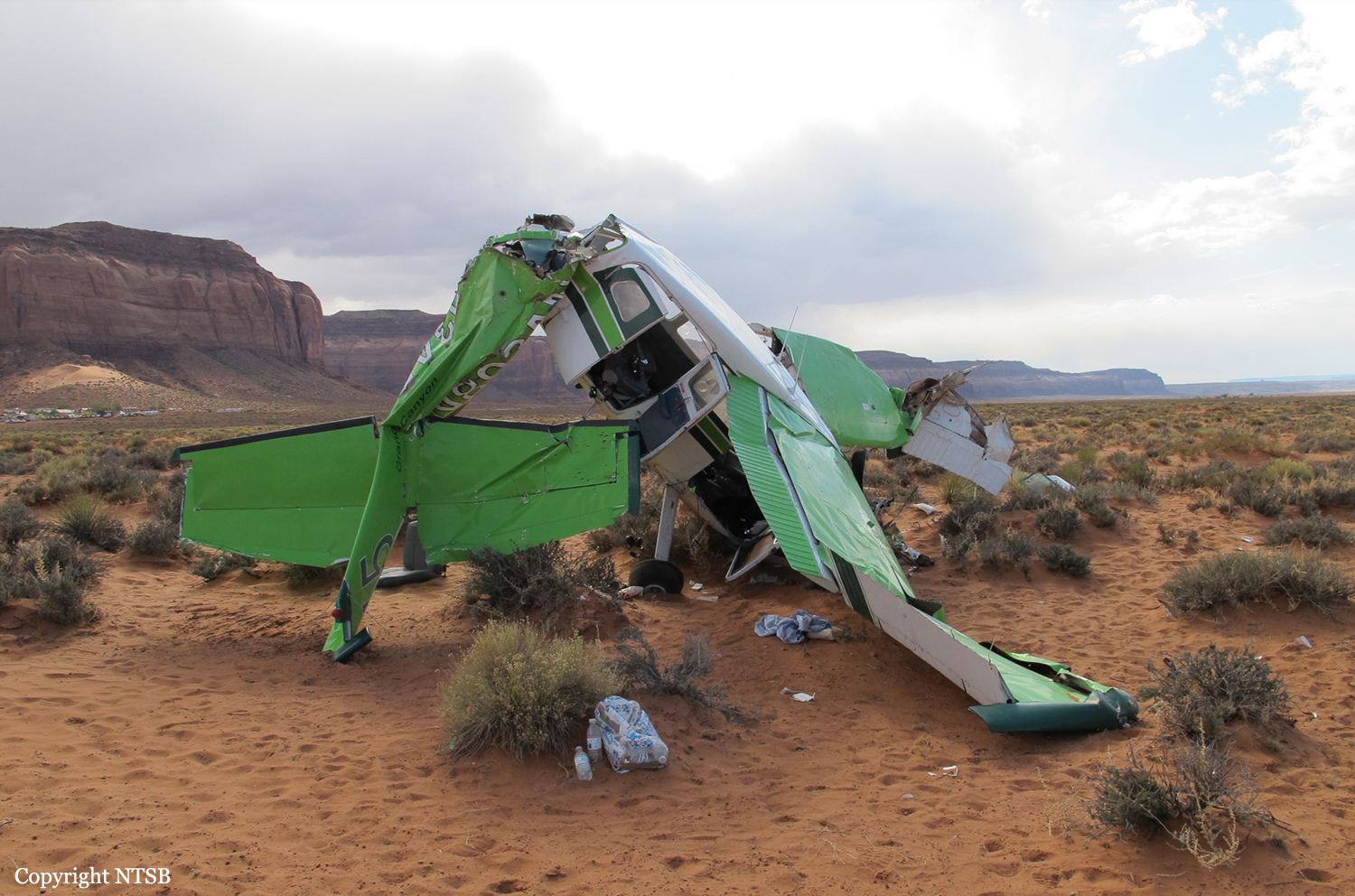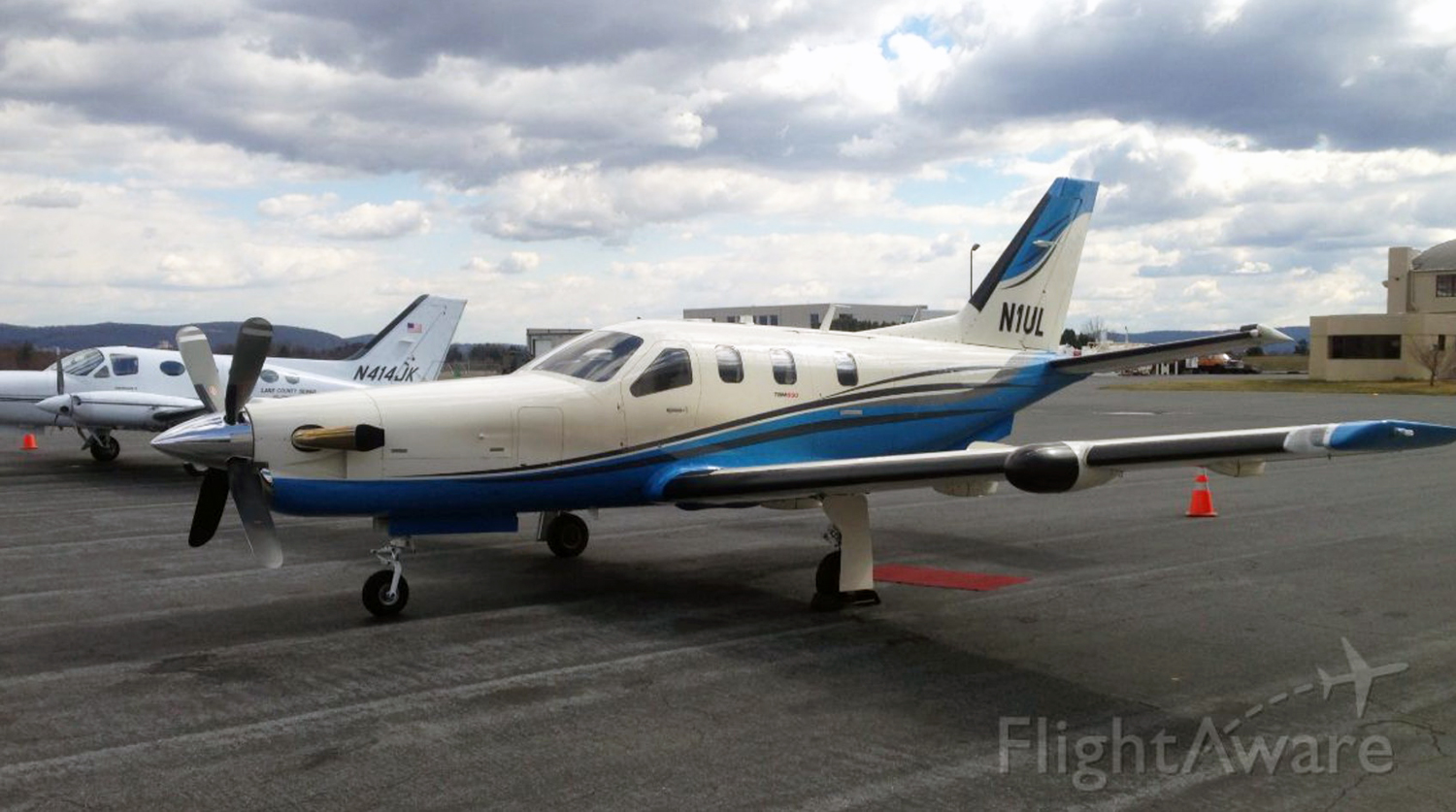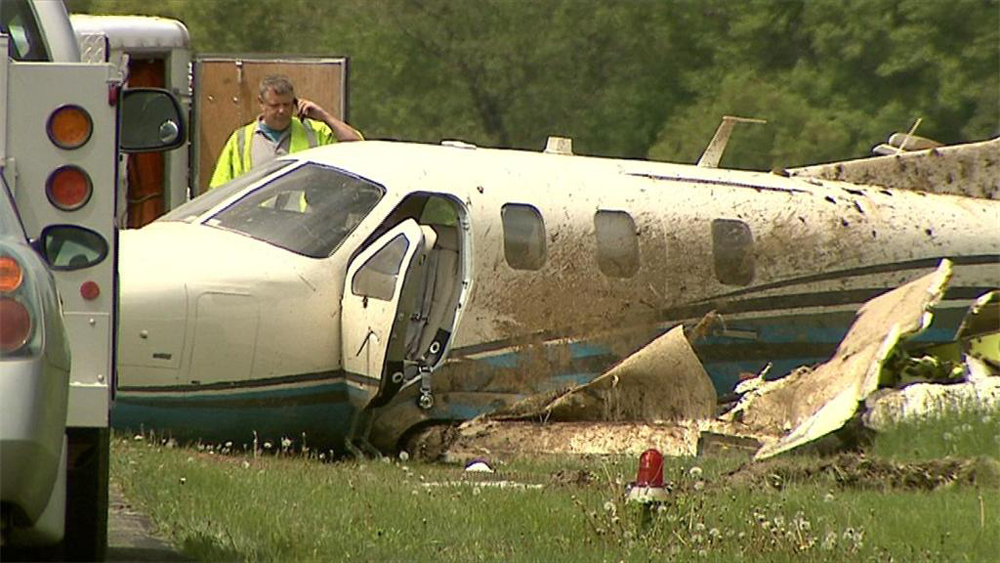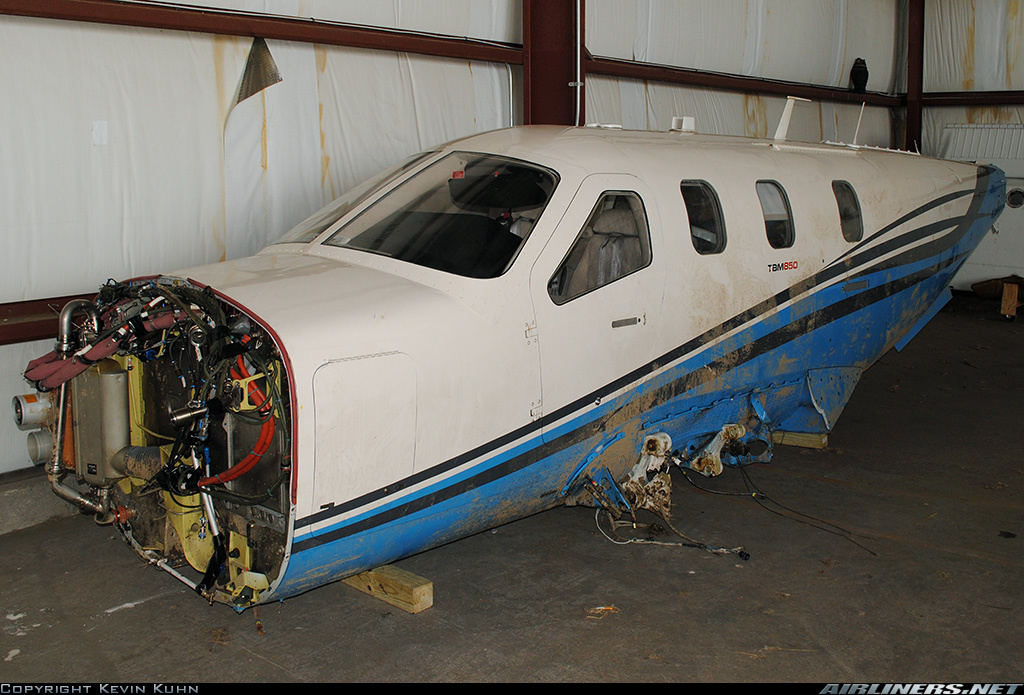Crash of a Boeing 727-22 in Kisangani: 77 killed
Date & Time:
Jul 8, 2011 at 1511 LT
Registration:
9Q-COP
Survivors:
Yes
Schedule:
Kinshasa - Kisangani - Goma
MSN:
18933/185
YOM:
1965
Flight number:
EO952
Crew on board:
7
Crew fatalities:
Pax on board:
108
Pax fatalities:
Other fatalities:
Total fatalities:
77
Captain / Total hours on type:
5000.00
Aircraft flight hours:
52613
Circumstances:
Following an uneventful flight from Kinshasa, the crew started the descent to Kisangani-Bangoka Airport in poor weather conditions with low visibility due to heavy rain falls. On final approach, the pilot did not establish any visual contact with the runway but continued until the aircraft impacted ground some 1,000 metres short of runway 31. On impact, the aircraft went out of control, veered to the right, exploded and disintegrated in a wooded area located to the right of the approach path. The wreckage was found about 500 metres southeast from the runway 31 threshold. Five crew and 72 passengers were killed.
Probable cause:
In a preliminary report, DRC authorities pointed out the following factors:
- The flight crew misjudged weather conditions,
- The airline assigned unqualified/non-licensed crew to operate the Boeing 727-100 (the pilot's licence was not up to date),
- Tower controllers were not licensed (two ATC's did not have a proper licence and above legal age)
- Tower control staff was insufficient (six only for the complete roster),
- Tower controllers provided erroneous/false weather data to flying crew,
- The airport authority lacked security plans,
- Phonic records between tower control and crew were erased (destroyed) before the commission of inquiry can start any investigation.
- The flight crew misjudged weather conditions,
- The airline assigned unqualified/non-licensed crew to operate the Boeing 727-100 (the pilot's licence was not up to date),
- Tower controllers were not licensed (two ATC's did not have a proper licence and above legal age)
- Tower control staff was insufficient (six only for the complete roster),
- Tower controllers provided erroneous/false weather data to flying crew,
- The airport authority lacked security plans,
- Phonic records between tower control and crew were erased (destroyed) before the commission of inquiry can start any investigation.














